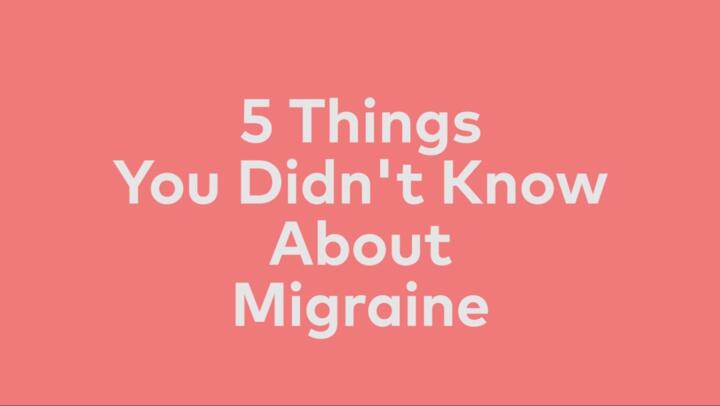
Bell’s palsy causes facial weakness or paralysis due to inflammation of the 7th cranial nerve (the facial nerve) that supplies movement and some sensation to each side of the face. The condition typically affects only one side of the face, which can make the sudden onset of Bell’s palsy symptoms like facial droop resemble stroke.
If you experience facial droop, the inability to raise both arms, or trouble speaking a complete sentence, call 911 for emergency medical care.
Mild cases of Bell’s palsy often don’t require treatment. The condition usually clears up gradually over the course of weeks to months. If a woman develops Bell’s palsy during pregnancy, the pharmaceutical treatment options may be limited due to concerns about fetal health. Discuss the situation with your doctor to find the best treatment for you and your baby.
Medical Treatments for Bell’s Palsy
For most people with moderate to severe Bell’s palsy symptoms, medications may be able to ease symptoms or shorten the duration of the condition. The drugs doctors use to treat Bell’s palsy include:
Antivirals and antibacterial drugs
When a herpes zoster infection (chickenpox or shingles) is the known cause of Bell’s palsy, taking acyclovir (or another antiviral against herpes zoster) may shorten the course of Bell’s palsy by treating the underlying cause. Antivirals are most effective in the first few days of the infection.
Although antiviral drugs can shorten recovery time for the viral infection, several studies indicate antivirals do not alter Bell’s palsy symptoms. If your doctor prescribes an antiviral, discuss the drug’s benefits and risks, including potential side effects.
Sometimes a bacterial infection, such as Lyme disease, can cause Bell’s palsy. Prescription antibiotics can clear the underlying infection.
Eye drops or gels
Bell’s palsy may paralyze the muscles that normally help the eyelid on the affected side to close completely, causing ocular surface dryness and exposure. Over-the-counter (OTC) or prescription lubricating eye drops or gels can keep the eye moist, which helps prevent an ulcer. Sometimes doctors recommend wearing an eye patch to protect the affected eye, but do not wear a patch without consulting your doctor first.
OTC analgesics
Medicines like acetaminophen (pain reliever and fever reducer) and the nonsteroidal anti-inflammatory drugs (NSAIDs) aspirin, ibuprofen, or naproxen may relieve any pain associated with Bell’s palsy. NSAIDs may also reduce inflammation of the facial nerve to improve symptoms. Before taking OTC medicine for Bell’s palsy, consult with your doctor to make sure these medicines won’t adversely interact with any prescription medicines you take.
Stronger, prescription-strength pain relievers may be necessary in some cases. If OTC medicines are not relieving your pain, tell your doctor.
Prednisone
Steroid drugs like prednisone work to reduce inflammation, which may shorten recovery time. If you have active shingles, your doctor may prescribe prednisone with an antiviral.
Surgery
Approximately 15% of people with Bell’s palsy have long-lasting effects of facial nerve inflammation, which may include facial asymmetry or droopiness. Facial plastic surgery may be possible in these cases.
Complementary Treatment Options for Bell’s Palsy
In addition to medications, some doctors recommend complementary therapies to treat the symptoms of Bell’s palsy. The evidence varies for these interventions, but in general they may be useful for avoiding complications like muscular contracture (shortening) due to prolonged facial paralysis.
Acupuncture
Few high-quality studies have been done to assess the effectiveness of acupuncture for Bell’s palsy, but some people believe it may improve symptoms or shorten the duration of facial paralysis. Acupuncture is generally regarded as a safe practice.
Botulinum toxin
Botulinum toxins like Botox® can be useful for achieving facial symmetry after most of the effects of Bell’s palsy have subsided. Some people never redevelop full facial tone again on the affected side. Botulinum toxin injections on the unaffected side can relax the muscles to more closely mirror the laxity of the affected side.
Massage
The goal of facial massage for Bell’s palsy is to maintain muscle suppleness and reduce the risk of contracture. Massage may be part of a physical therapy regimen for Bell’s palsy. Your therapist can teach you how to perform facial massage on your own.
Physical therapy
Physical therapy can be useful for treating the potential muscular contracture that can occur with Bell’s palsy. The goal of physical therapy is to exercise the facial muscles as often as possible to maintain muscle tone.
Experiencing an episode of Bell’s palsy can be alarming, but medical and complementary interventions may reduce facial nerve inflammation to help restore function and sensation quickly. Most people recover from Bell’s palsy with few to no aftereffects.


















